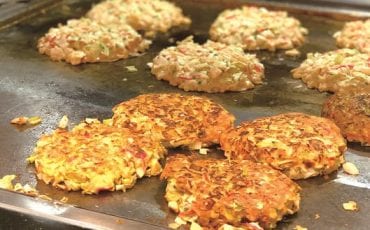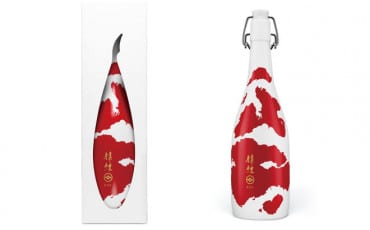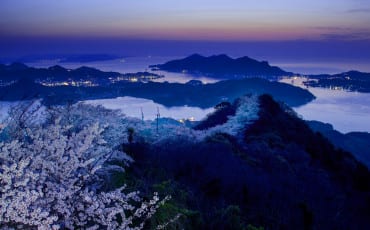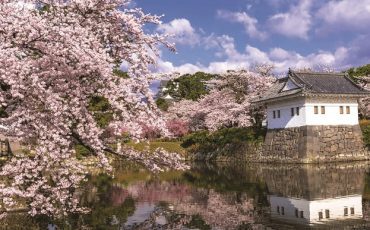Articles
Features
Nov 11, 2020
Enjoy Agriculture and Marine in Ehime!
Bounty of land and sea! Southern Ehime (Nanyo) is famed for its busy agricultural and marine industries, from fruit to fish.
Pick some mikan
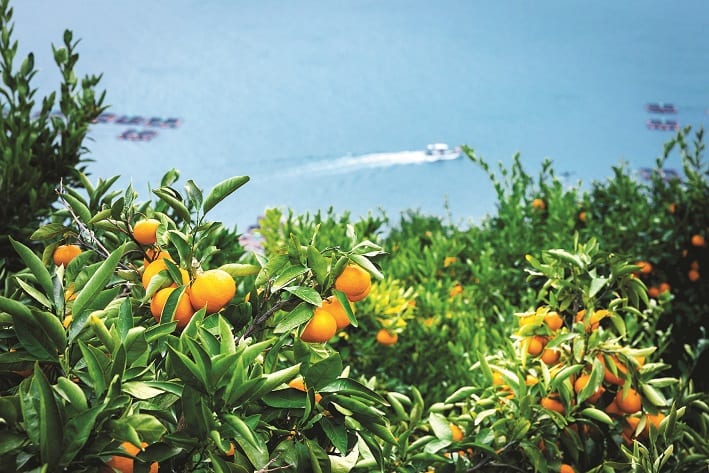
Yawatahama in southwestern Ehime is home to the best mikan in Japan. Mikan is a type of citrus fruit, a seedless cross between a mandarin orange and a small pomelo. The city is famed for three types of mikan, the most premium of which are Hinomaru oranges — thinskinned, sweet yet tangy, and juicy. For a fee, Hamada Farm lets you pick these famous fruits. So celebrated in fact that the farm even presented Hinomaru
oranges to Emperor Naruhito when he ascended the throne last year. The beauty of orange orchards like Hamada Farm in Yawatahama and many areas of Ehime is that they are set in absurdly scenic locations, usually on a mountain side and facing the sea for maximum sunlight, making picking the oranges a pure pleasure.
1938 Mukainada, Yawatahama city, Ehime 796-0001
Juice that yuzu
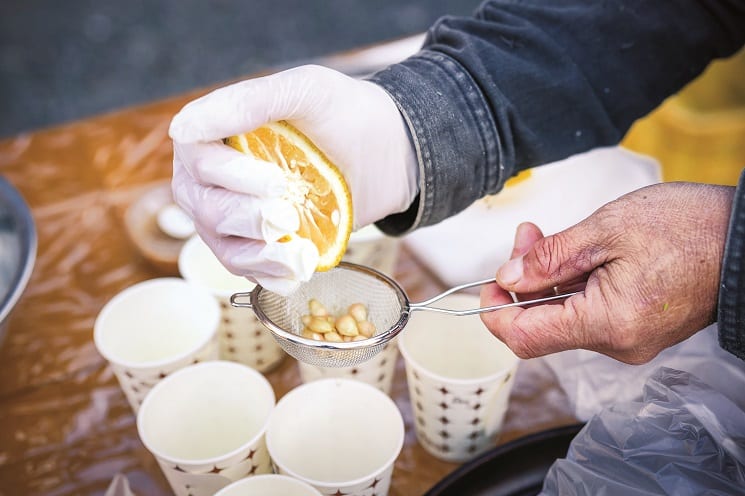 1
1On Shikoku island, yuzu orchards are abundant. To understand this sour citrus, pay a visit to a yuzu farm. Johira Yuzu Garden in Ehime’s Kitauwa district lets visitors pick yuzu (all organic!) and, depending on the season, process yuzu in different ways. In summer, you can make yuzu soya sauce; in autumn and winter, you’ll learn how to make fresh yuzu juice and even have some yuzu tea.
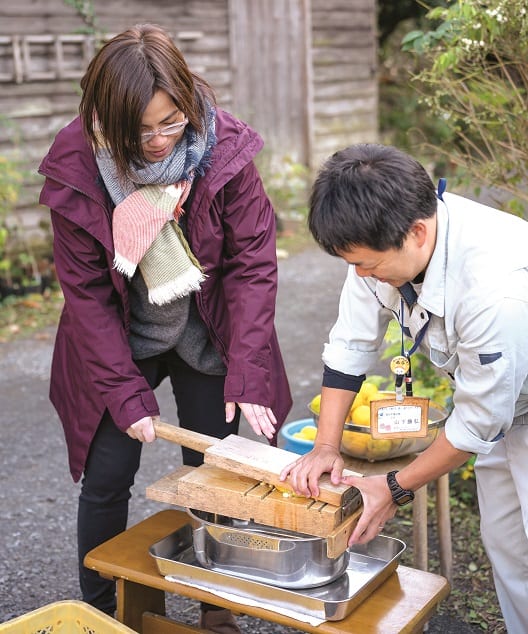
Kamikagiyama, Kihoku-cho, Kitauwa district, Ehime 798-1501
Bream dream
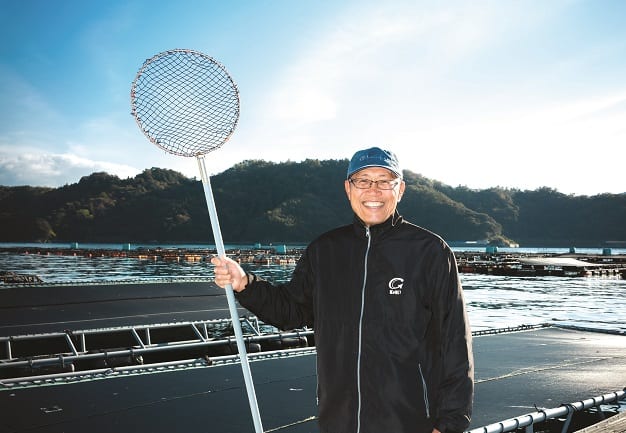
The world’s most expensive red sea bream comes from Uwajima in southern Ehime in the Bungo Channel. Branded as Taichiro-kun, the fish are lovingly farmed by Taichiro Tokuhiro, who produced this fish after 13 years of experimenting with a special feed. The taste is said to rank among the best wild sea bream and is less fatty with very little smell, perfect for grilling, shabu shabu or sashimi. Tokuhiro, who supplies to supermarkets and restaurants, says his fish are the best thanks to the feed and how he treats them “with love and affection”. His fishery is designed to help the fish avoid stress; Tokuhiro even greets them every morning when he feeds them by hand.
1679-2, Koike, Uwajima city, Ehime 798-0093
Catches of the day
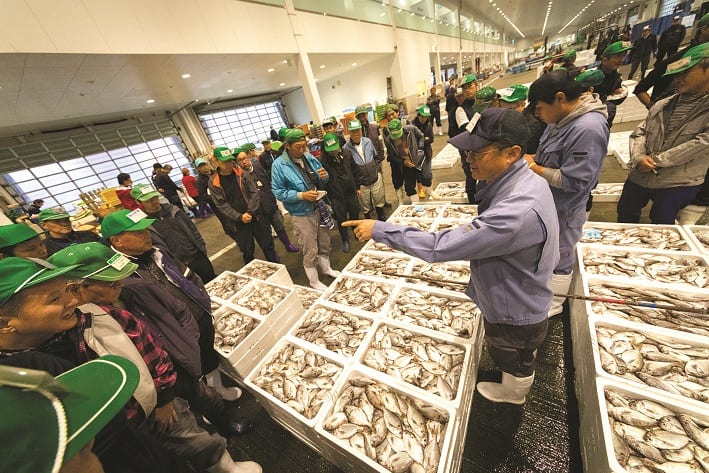
It’s 7am, and the action is about to begin at Shikoku’s largest wholesale fish market, Doya Market in Yawatahama. Buyers duke it out to see who gets the day’s best catch, with all manner of seafood from the Bungo Channel between Kyushu and Shikoku. Some 200 species are caught annually, including unusual varieties such as sazae (a type of conch called turbo), yagara (cornetfish) and kuruma ebi (Japanese tiger prawn). Seasonal highlights include tachiwo in spring, tai (sea bream) in summer, hamo (conger eel) in autumn and ika in winter. About 80 per cent of the market’s catch is packed off to the rest of Japan, like Tokyo and Osaka.
1581-23 Okishinden, Yawatahama city, Ehime 796-0087





